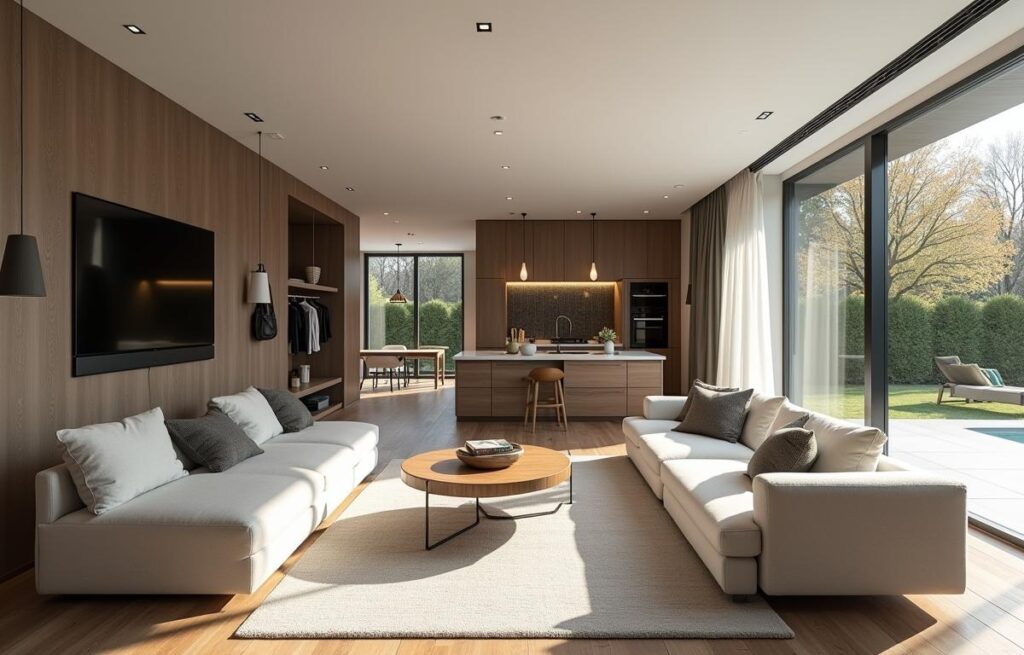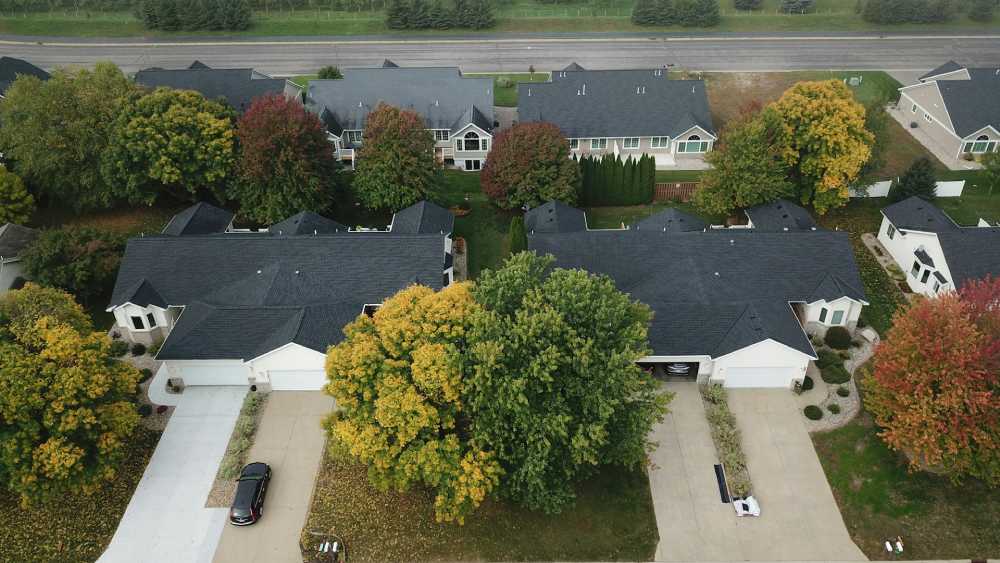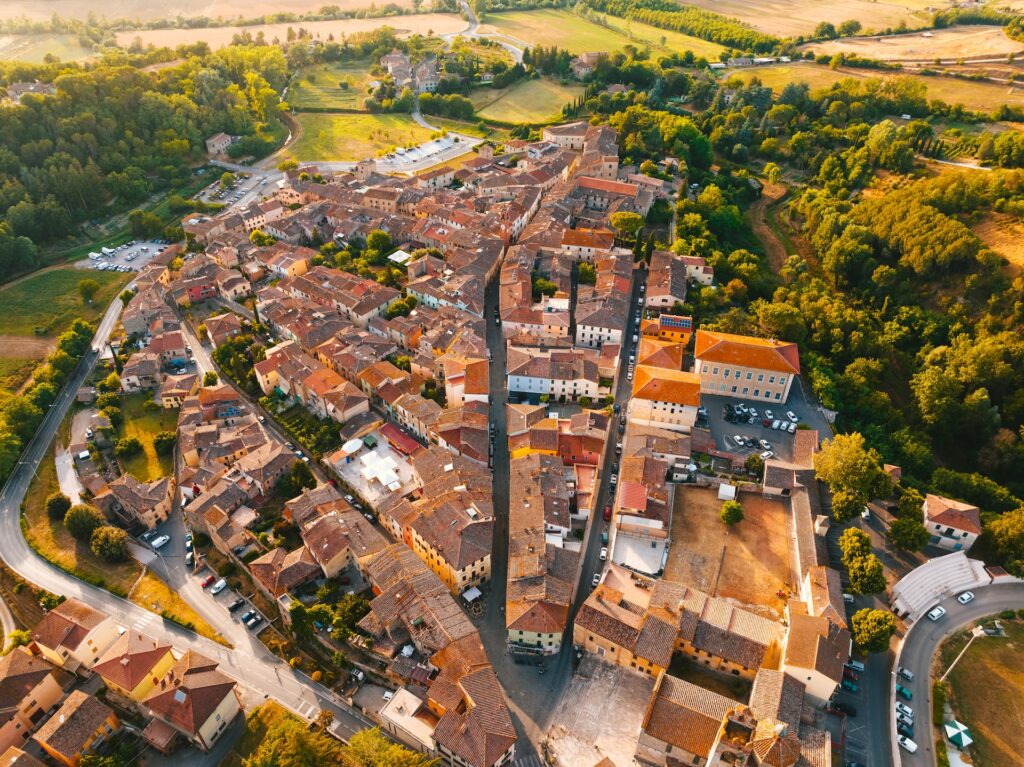Whether you’re looking to build a house or buy a place, there are some things you should know about housing development. You can also ensure your home will fit in with the neighborhood, including Inclusionary-zoning, which can help maintain economic diversity in a rapidly developing area.
Public spaces should be comfortable and adaptable.
According to Your Home Wichita, ensuring comfort is a primary goal for the design of any open public place, whether a park or a boulevard. The design and utilization of this precious real estate is a serious matter. Any good urban planning guru will tell you that the occupants of such a location are, well, humans. Hence, it’s a must that the public spaces of tomorrow be comfortable and adaptable. The most effective method is using existing land smartly and developing appropriate landscape plans. This is a crucial consideration where extreme weather events have a hefty price tag. It’s not only a matter of physical comfort but the quality of the air and the quality of the pavement as well.
The same is true for the lighting quality and surrounding landscaping. The key is to have a competent design team and the right tools and methods for completing the task.
Public spaces should fit in with other nearby buildings.
Developing a great public space is a multi-faceted task. The public space of choice will depend on local conditions, but establishing an inclusive set of objectives is the best place to start. The resulting plan should involve participation and collaboration among all stakeholders. Ultimately, this will help shape a well-planned, user-friendly, safe space.
The benefits of having a well-planned and managed public space are many. A successful public space can be a great place to socialize, exercise, relax or eat. A well-designed public space can even have a calming effect on the mind. A robust design incorporating trees, seating, and planting is the key to a successful public space.
The most obvious component is planning. Planning requires the cooperation of multiple players, from city officials to developers. The planning process also involves long-term management of the space. Ideally, the best public space should be in an area conducive to good quality public transit and nearby shopping and recreation.
Cluster housing reduces sprawl.
Using cluster housing is an option that could reduce sprawl. By grouping homes together, infrastructure costs are reduced. These developments can provide various benefits, including lower utility bills, better stormwater management, and improved pedestrian and bicycle access.
Cluster development can also be an excellent way to preserve open space. This open space can be used for outdoor recreation and community-supported agriculture. Creating contiguous, open spaces can prevent development from disrupting natural habitats and wildlife.
Calculating the amount of open space a development site should contain is crucial. Depending on soil conditions, the number of acres needed will vary. The site should also have enough room for a septic system and leach field.
The American Planning Association has developed a model ordinance for cluster development. This model is easy to implement administratively but may be difficult to implement politically.
Numerous measures can be employed to measure the performance of cluster development. These metrics can include the amount of land dedicated to conservation purposes, the development’s size, and the conservation’s ratio to development.
Inclusionary zoning
Using inclusionary-zoning policies, cities can help maintain economic diversity in a neighborhood as it grows and develops. These zoning rules require new large-scale developments to set aside affordable units. In return, the cost of market-rate housing is increased.
Inclusionary zoning is a policy used by hundreds of jurisdictions across the United States. The purpose is to create a higher proportion of affordable homes for low-income households in neighborhoods with high housing demand.
Among the benefits of inclusionary zoning are a broader range of housing choices and increased opportunities for class mixing. In addition, inclusionary zoning helps keep the housing market from becoming too concentrated in racially-diverse areas.
However, inclusionary zoning has not yet made a dent in the overall segregation of the housing stock. Instead, the number of units produced through IZ programs represents only 0.1 percent of the total housing stock in the U.S.
Inclusionary zoning programs have been created in more than 700 municipalities in the U.S., including Los Angeles County, Atlanta, Boston, Chicago, and Pittsburgh.





Leave a Reply
You must be logged in to post a comment.